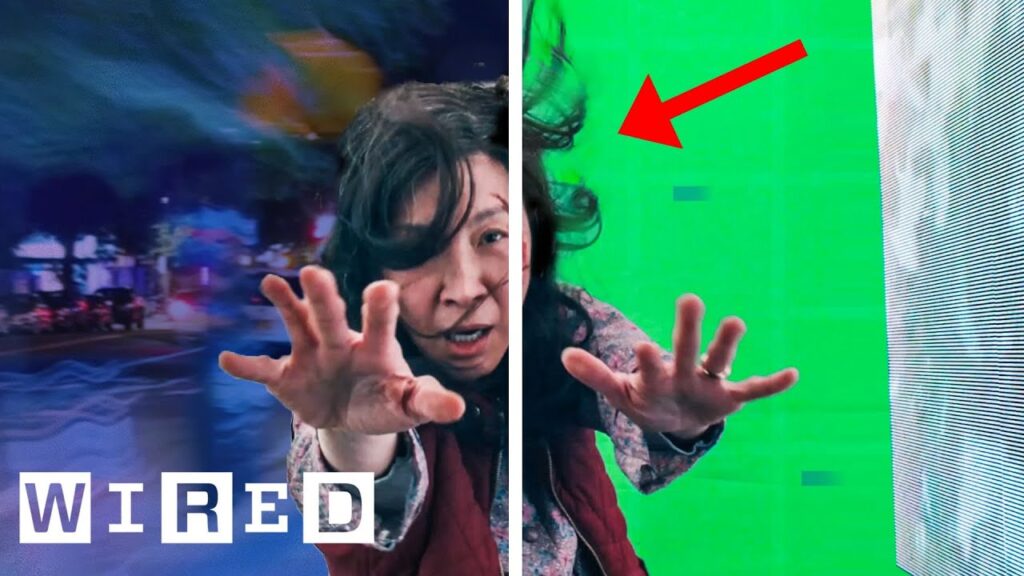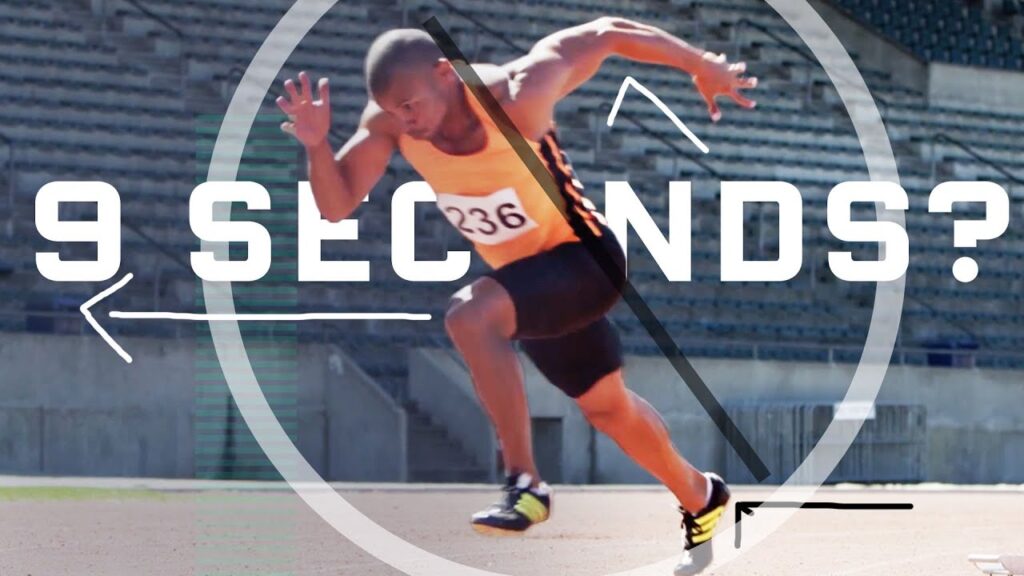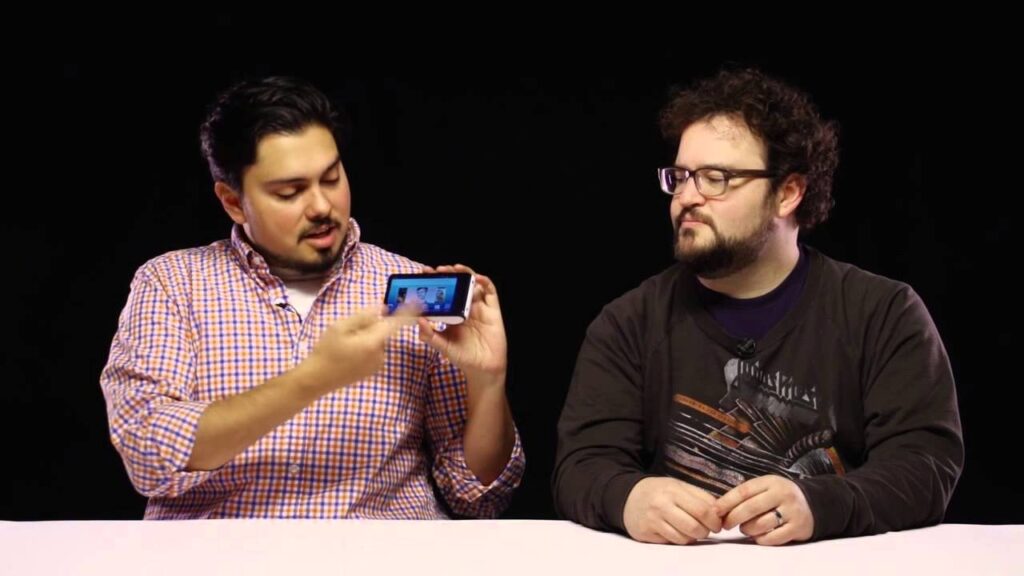Understanding Mass Quarantine and the Role of Social Distancing in Fighting COVID-19
Summary
As the novel coronavirus spreads around the world, officials are turning to extreme measures to slow it down. In this article, Lawrence Gostin, a professor of global health law at Georgetown University, explains the different types of quarantine and emphasizes the importance of social distancing in mitigating the spread of the virus. He also discusses the success and implications of mass quarantines, and provides insight into what our overall goal should be in fighting COVID-19.
Table of Contents
- What is quarantine and how does it work?
- The difference between mass quarantine and self-quarantine
- The effectiveness of social distancing
- Was the quarantine in Wuhan successful?
- Balancing public health with civil liberties
- Flattening the curve: what it means and how to achieve it
- Preventing a worst-case scenario in the U.S.
Introduction
The COVID-19 pandemic has swept across the globe, leaving many people with questions about the appropriate measures to take in order to slow its spread. One of the most talked about measures is quarantine, but what does that actually entail? In this Q&A-based article, we will explore the different types of quarantine and its effectiveness in mitigating the spread of the virus. We will also delve into the role that social distancing plays in this fight against COVID-19.
Q&A
What is quarantine and how does it work?
Quarantine is the isolation of people who have been exposed to a disease but are not yet known to be infected. For example, if you have just interacted with someone who has been diagnosed with COVID-19, you may not necessarily have it, but you will be quarantined for 14 days, which is the longest period of incubation of the disease.
The difference between mass quarantine and self-quarantine
Self-quarantine or isolation is completely different from mass quarantine. In the United States, we have seen the largest federal quarantine in recent history due to COVID-19. Some have been evacuees from Wuhan, China, but some have also been people who were rescued from the Grand Princess when it docked in Oakland, California, and also the Diamond Princess out of Japan. Self-quarantine or isolation applies to individuals, while mass quarantine is when entry and exit from a city or town are guarded, and everyone is confined within those borders.
The effectiveness of social distancing
Social distancing is the practice of maintaining a distance between people to prevent the spread of a disease. It’s a measure taken irrespective of whether you’ve been infected or exposed. Social distancing measures are things like school closures and postponing or canceling large gatherings like political rallies. The goal of social distancing is to slow the spread of the infection by separating the population so that they’re not being exposed to one another in crowded spaces. In other words, instead of cases going up without control, we’d flatten out the curve.
Was the quarantine in Wuhan successful?
The quarantine in Wuhan affected 60 million people, making it unprecedented. Although China has seen a decrease in cases, there are still grave doubts about the effectiveness of the lockdown. Further, there are serious economic costs and human rights implications. While the World Health Organization has praised China’s efforts, we need to be sensible about the approach that we take to beat this virus. We cannot just adopt the “China mode.” It’s vital to balance public health and human rights while preventing the spread.
Balancing public health with civil liberties
A mass quarantine or lockdown in the United States might be inconceivable. Americans would not accept the degree of social control that was needed in China or the intrusive surveillance. It’s crucial to strike a balance between public health and civil liberties.
Flattening the curve: what it means and how to achieve it
In order to slow the spread of COVID-19, it’s essential to flatten the curve by reducing the number of people infected. We need to ramp up diagnostic testing, and not just for patients, but also for random samples in the community. We need to isolate people who are sick and quarantine those who have been exposed, close schools, and cancel public events. These measures would increase social distancing and reduce the number of people being exposed to the virus.
Preventing a worst-case scenario in the U. S.
The United States has the resources to prevent a worst-case scenario, but it involves a surge response, surge funding to public health agencies, and implementing evidence-based approaches to the situation. We need to use science-based approaches in a proportionate manner.
Conclusion
In the fight against COVID-19, quarantine and social distancing have become buzzwords. Lawrence Gostin has shed some light on the meanings of these terms and their roles in mitigating the spread of the virus. Though mass quarantines may work in some countries, the United States may need to adopt more moderate measures such as social distancing and flattening the curve through increased testing, isolation, and quarantine. As Gostin notes several times, we need to balance public health and human rights while preventing the spread.







